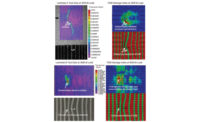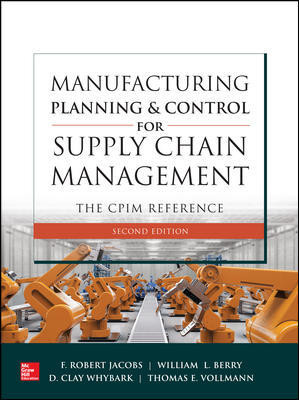MERRIMACK, NH — Scientific Management Techniques, Inc. added two new skill level assessments to their Process Control Assessment Program. A technician level and maintenance level assessment have been added to the initial operator level assessment, available when the program was first deployed March 2014.
“We are responding to the needs of our clients,” said Stephen Berry, SMT’s president and CEO. “All five of our assessment programs are a product of close collaboration with our global industrial clients. These manufacturing leaders possess an in-depth understanding of the skills required to optimize performance. These are the skill sets we identify and measure with the Assessment Programs. Feedback from the field identified the need to add both a Technician and Maintenance level Process Control assessment. Now, with the three levels of assessments, our clients have the ability to identify all aspects of the Process Control skill sets required to optimize performance in their facilities. Identifying skills in the hiring process is the single most effective way to ensure quality hires in manufacturing.”
SMT has been identifying and measuring manufacturing workforce skills since the introduction of its mechanical assessment machine, the Standard Timing Model, in 1971. Since the introduction of the mechanical assessment tool, SMT has designed and brought to market an electrical, programmable logic control (PLC), computer numeric control (CNC) and process control assessment program.
“The assessment programs are currently deployed in thirty-seven countries,” continues Berry. "Our clients use the program to measure the skills required to Operate, Maintain and Troubleshoot a modern manufacturing facility. The assessment machines replicate conditions in industry and are used in the hiring process, promotion process and to identify skill gaps/training needs. All manufacturers recognize that with the proper training program, performance and productivity will improve. The question is ‘who needs what’ training? With several hundred employees it’s obvious that all employees don’t require the same training. With the assessment data, we identify the specific skill gaps for each incumbent and deliver highly targeted training based on the assessment data. This targeted training methodology ensures that you take manpower out of production only for the specific training required; this methodology increases the ROI of training dollars spent.”
For more information, visit www.Scientific-Management.com.







